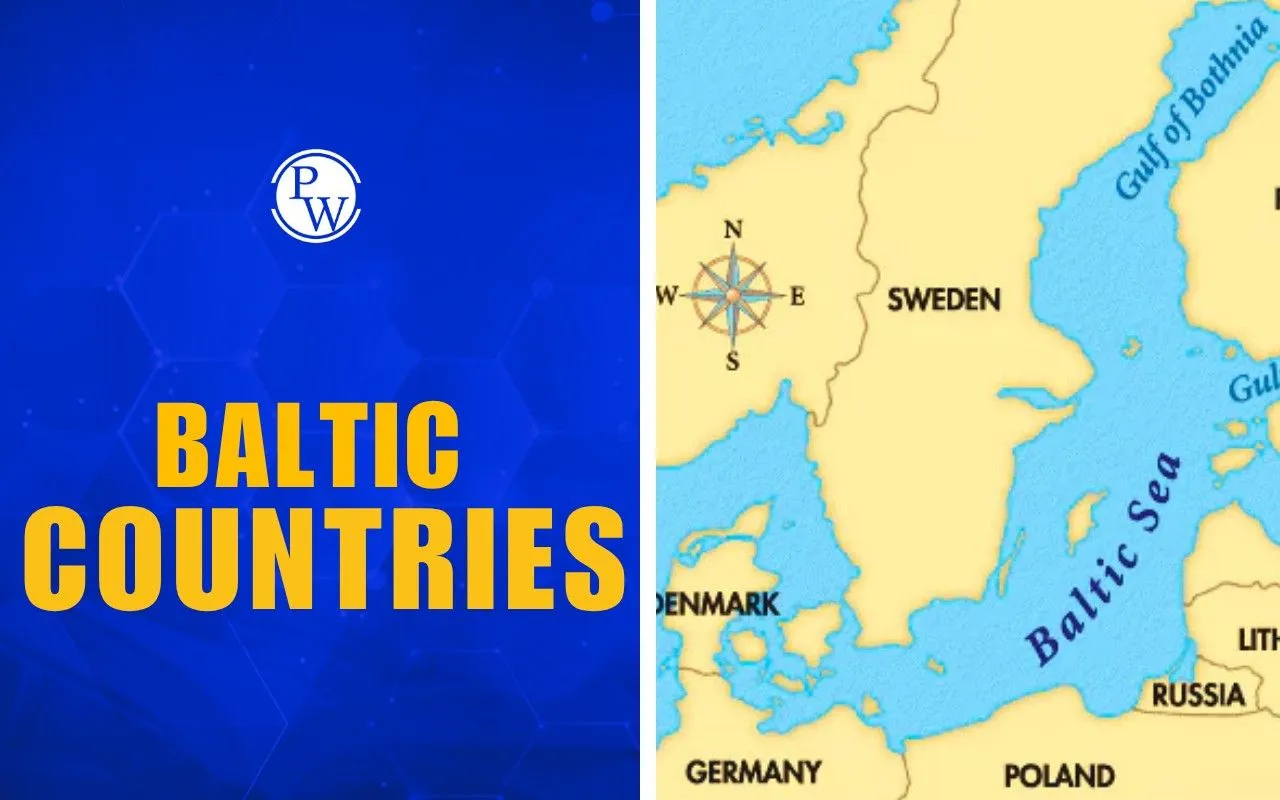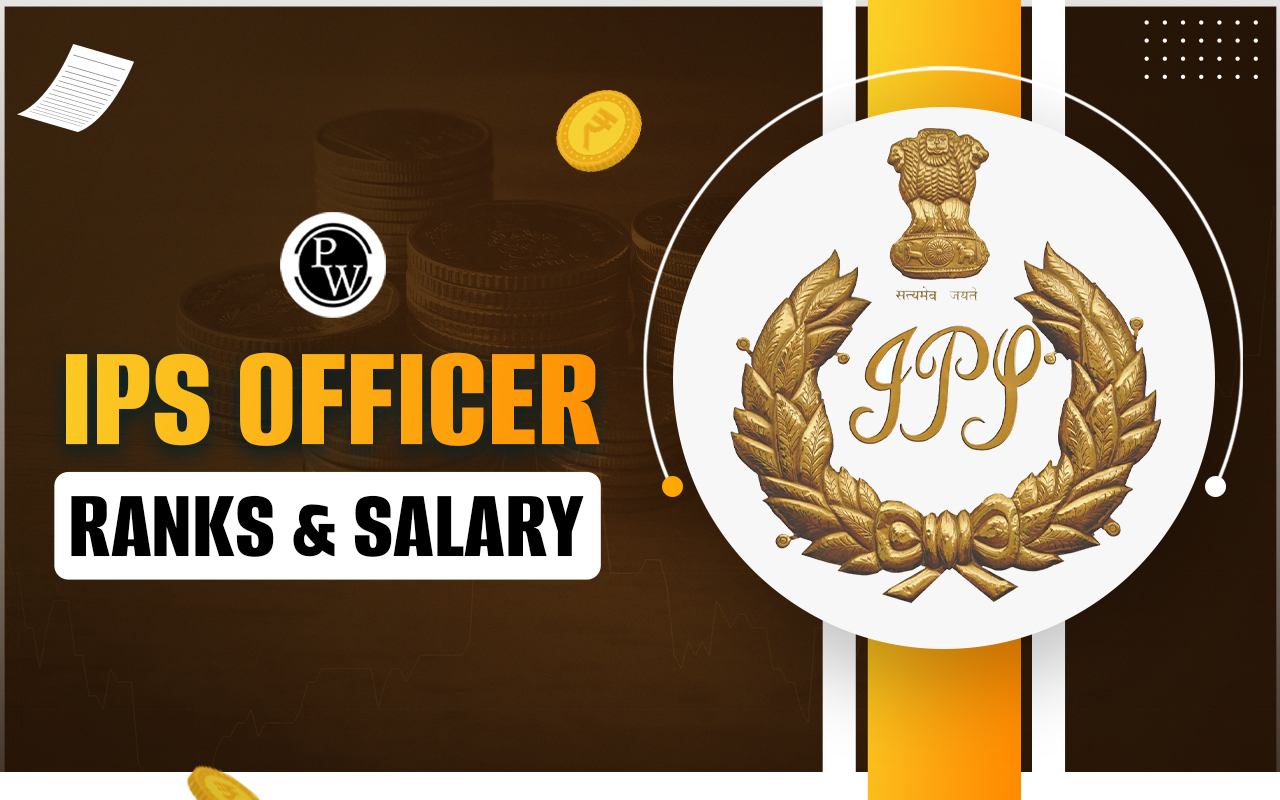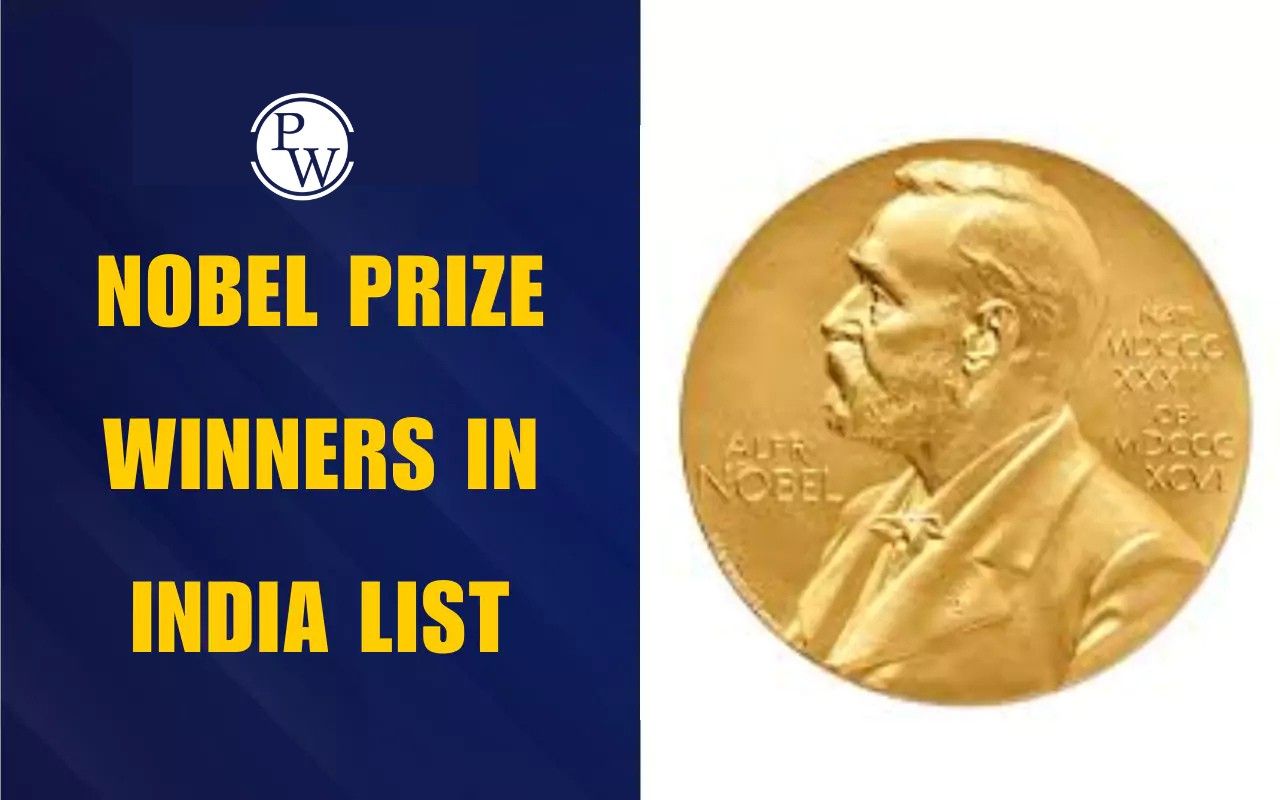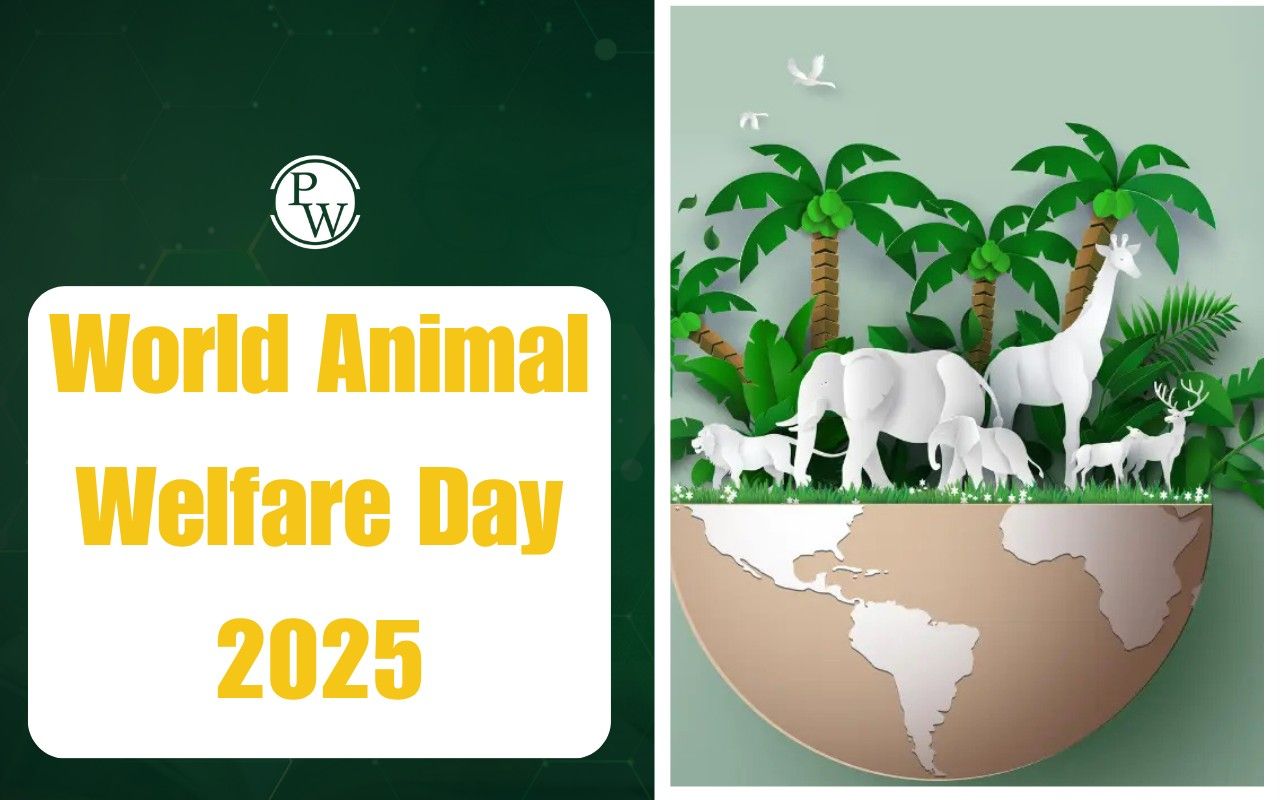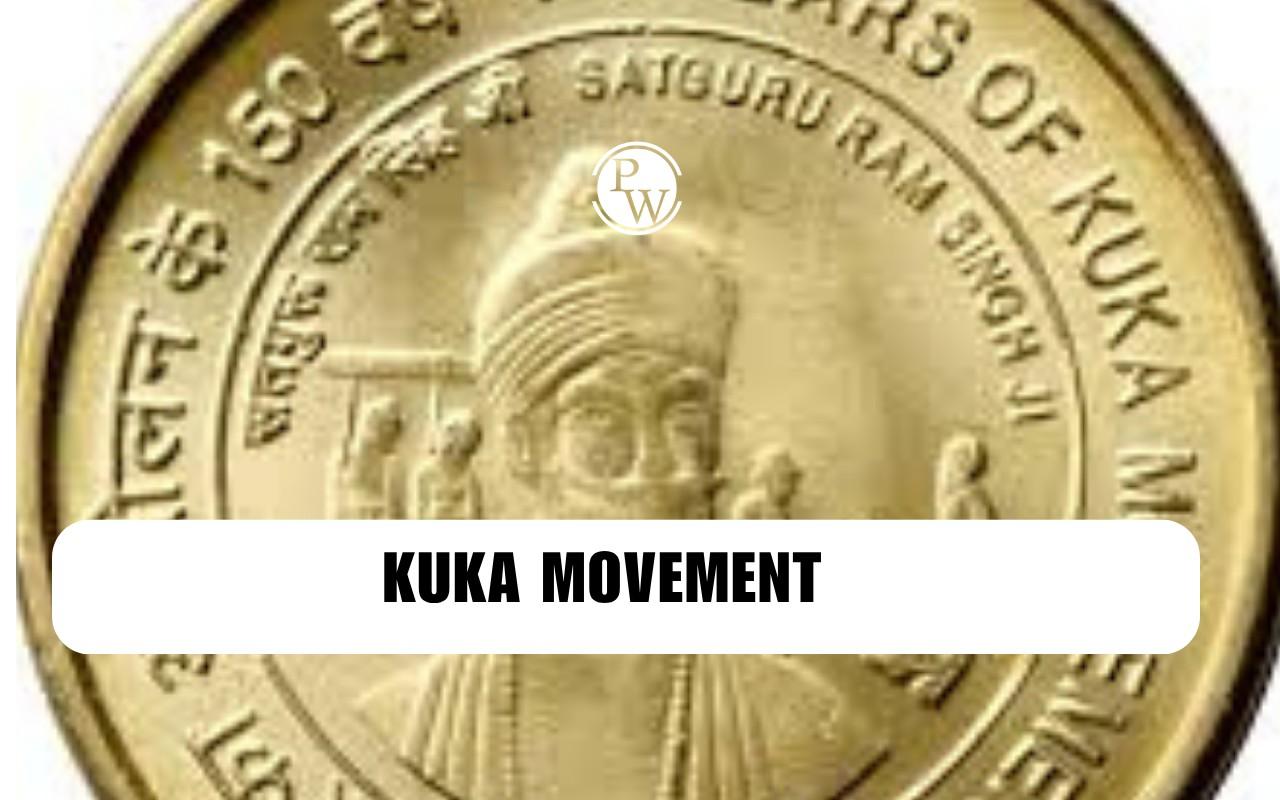
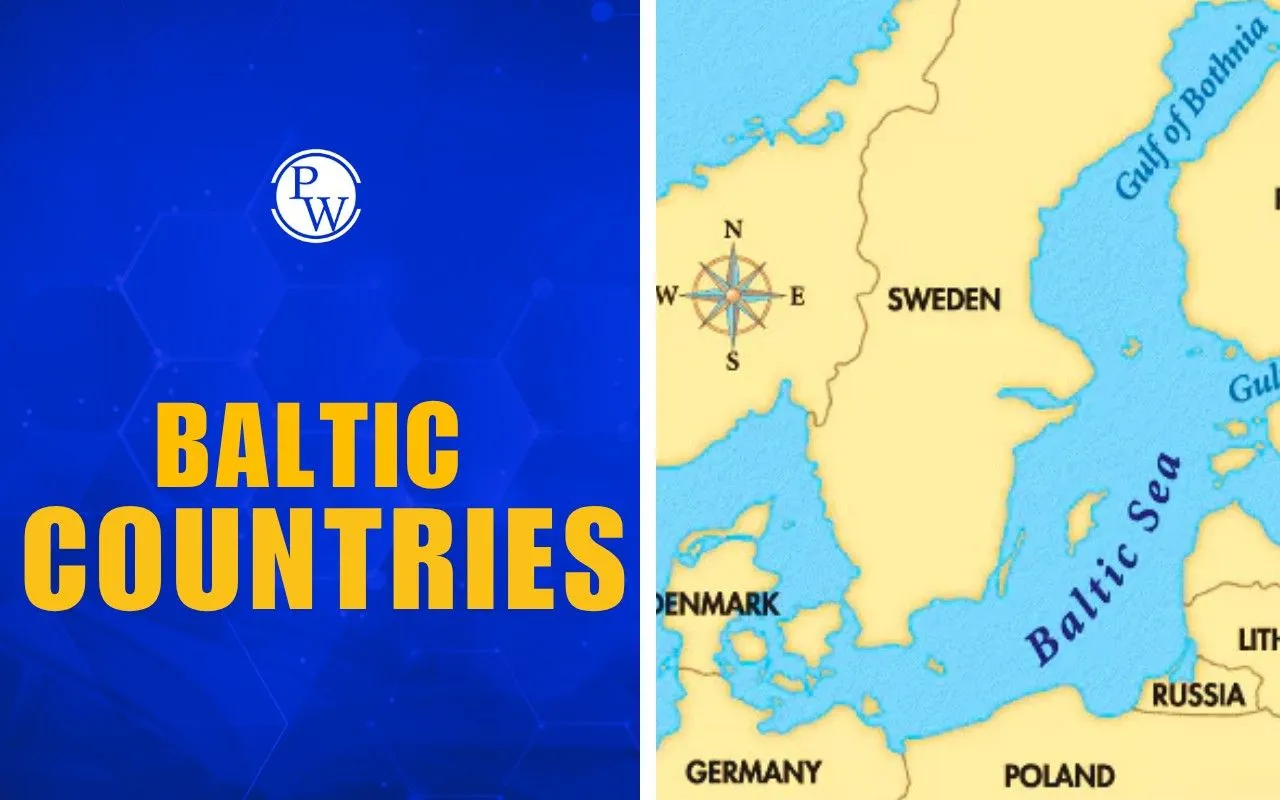
Baltic countries Estonia, Latvia, and Lithuania are three nations on the eastern coast of the Baltic Sea. Once under Soviet rule, they regained independence in 1991 and are now members of the EU, NATO, and the Eurozone, known for their rich culture, history, and growing digital economies.
They are called the Baltic States due to shared geography and history. Each has its own distinct language and traditions. Today, they play an important role in connecting Western Europe with Northern and Eastern Europe.
Baltic Countries Overview
Baltic countries consist of Estonia, Latvia, and Lithuania three small yet culturally rich nations along the eastern coast of the Baltic Sea. Below is an overview of these countries with their capitals, borders and key highlights:
|
Baltic Countries Overview |
|||
|
Country |
Capital |
Location & Borders |
Key Highlights |
|
Estonia |
Tallinn |
Northernmost Baltic country; borders Russia, Latvia, and the Baltic Sea. |
Known for its digital economy, medieval Old Town in Tallinn, and advanced e-governance. |
|
Latvia |
Riga |
Central Baltic country; borders Estonia, Lithuania, Russia, Belarus, and the Baltic Sea. |
Famous for Riga’s Art Nouveau architecture, cultural heritage, and diverse landscapes. |
|
Lithuania |
Vilnius |
Southernmost Baltic state; borders Latvia, Poland, Belarus, and Russia’s Kaliningrad. |
Renowned for Vilnius’ baroque old town, basketball culture, and strong national identity. |
Geography of Baltic Countries
Baltic countries list includes Estonia, Latvia and Lithuania each with distinct landscapes, climates and cultural characteristics. They are part of the Baltic Sea bordering countries, a group of nations with coastlines along this northern European sea. In total the Baltic Sea bordering countries include Denmark, Germany, Poland, Russia (including the Kaliningrad exclave), Finland, Sweden and the three Baltic nations themselves.
Baltic Sea is a shallow inland sea, surrounded by several countries and connected to the North Sea by the Danish straits. It has historically been a critical route for trade, culture and military strategy. Its calm waters and ice-free ports in certain regions make it a vital area for commerce and transportation. The Baltic countries list in terms of area is as follows:
|
Baltic Countries List |
|||
|
Country |
Location |
Borders |
Capital |
|
Estonia |
Northernmost Baltic nation |
Russia, Latvia |
Tallinn |
|
Latvia |
Centrally located with a Baltic Sea coastline |
Estonia, Lithuania, Russia, Belarus |
Riga |
|
Lithuania |
Southernmost Baltic State |
Latvia, Poland, Belarus, Russia (Kaliningrad) |
Vilnius |
How Many Baltic Countries Are There?
They are situated in Northern Europe on the eastern coast of Baltic Sea and are simply known as the Baltic States.Although the term the Baltic States is occasionally interchanged with the Nordic countries or other neighboring countries such as Finland, the three countries are the core of the Baltic region only.
Finland and Sweden are the countries bordering the Baltic Sea that are treated as Nordic region, but not countries of the Baltic States.
Historical Background of Baltic States
Baltic States Estonia, Latvia and Lithuania possess a complicated history due to their strategic position in Northern Europe. These nations have felt the impact of different empires, wars and cultural changes throughout the centuries.
The Russian Empire conquered the region in the 18th century slowly absorbing Estonia, Latvia and Lithuania. Sweden relinquished Estonia and much of Latvia to Russia following the Great Northern War(1721) and Lithuania to Russia following the Third Partition of Poland(1795).
The three countries took advantage of the latter to become independent of the Russian Empire after World War I. The Baltic countries enjoyed the first period of self-government at this time. But their autonomy was disrupted in the World War II. The Baltic States were annexed and invaded by the Soviet Union in 1940. The region was occupied by Nazi Germany during the war, which was reoccupied again by the Soviets in 19441945.
The Baltic countries were almost fifty years in the Soviet occupation, and they had been politically repressed, economically transformed and demographically shifted. During the late 1980s when the Soviet Union was weak, national movements were increasing. In August of 1991 the three countries (Estonia, Latvia and Lithuania) obtained full independence as the parliaments declared Soviet occupation unconstitutional.
The Baltic States have since then concerned their efforts on developing democratic governments, integrated into European institutions and creating modern economies. They are very interested in the sovereignty, democracy and international cooperation because of their historic experiences.
Economy of Baltic Countries
Baltic countries are classified as high-income economies by the World Bank. Despite limited natural resources they have developed competitive markets focusing on technology, services and light manufacturing.
-
Estonia is known for its IT and digital economy, being a pioneer in e-governance, e-residency and blockchain technologies.
-
Latvia has a diversified economy, with a strong logistics sector due to its access to ice-free ports along with manufacturing, chemicals and electronics.
-
Lithuania combines agriculture with industry, producing food products, machinery and high-tech goods.
Baltic Sea and Its Importance
One of the reasons that make the Baltic Sea countries who they are is the Baltic sea. This is almost a surrounded water mass which has an opening to the North Sea built through the Danish straits. It has been a trade route since ancient times dating back to centuries ago and during the era of the Hanseatic league linking the ports of the Baltic nations to the European market.
The Baltic sea also encourages maritime transport, fisheries and tourism economically. The Baltic sea also carries significant political importance particularly in the region on security considerations, in maritime affairs and energy infrastructure. The countries on the Baltic region cooperate in these areas environmental protection, shipping and maritime security.
Baltic states of Estonia, Latvia and Lithuania have been good international relations since gaining independence in 1991. Security and economic growth and integration with European and global institutions are the principles of their foreign policies.
International Relations of Baltic Countries
Baltic countries Estonia, Latvia and Lithuania have developed strong international relations since regaining independence in 1991. Their foreign policies focus on security, economic growth and integration with European and global institutions.
1. European Union (EU) and NATO Membership
-
All three Baltic countries are members of the European Union and NATO since 2004.
-
EU membership provides access to European markets, development funds and political collaboration.
-
NATO membership ensures collective security especially given their proximity to Russia and allows participation in joint military exercises and intelligence sharing.
2. Relations with the United States
-
The Baltic States maintain close relations with the United States.
-
The U.S. supports their security and defense considering the Baltic countries as strategic partners in Eastern Europe.
-
The U.S. has also designated Estonia, Latvia, and Lithuania as recipients of military aid and participates in joint training exercises.
3. Relations with Russia
-
Due to geographic proximity, the Baltic countries maintain cautious relations with Russia.
-
Security concerns, historical conflicts and Russian influence in the region shape their foreign policies.
-
The Baltic countries work closely with NATO and the EU to ensure regional stability and defense readiness.
4. Relations with India
The Baltic states have good relations with India in terms of diplomatic, trade and cultural cooperation:
Estonia: Collaboration in IT, cybersecurity, e-government and e-Residency program. India happens to be the leading applicant to the Startup Visa that Estonia has to offer to Indian entrepreneurs in order to be able to open businesses.
-
Latvia: Trade and investment opportunities in pharmaceuticals, healthcare, IT and heavy engineering. Academic cooperation includes Yoga, Hindi and Ayurveda courses.
-
Lithuania: Cultural and academic exchanges, trade agreements and shared linguistic heritage with Sanskrit. Indian students and professionals are increasingly active in
5. Regional Cooperation
-
The Baltic countries are active members of regional organizations like the Council of the Baltic Sea States (CBSS).
-
They collaborate on maritime security, environmental protection and infrastructure projects.
-
Joint initiatives include energy cooperation, digital innovation and sustainable development.
6. Multilateral Relations
-
The Baltic States actively participate in global forums such as the United Nations (UN), OECD and World Bank.
-
They advocate for democratic values, human rights, and international law.
-
Cooperation with Nordic countries enhances trade, technology exchange and investment opportunities.
7. Economic Diplomacy
-
The Baltic countries focus on foreign direct investment (FDI), trade agreements and technology partnerships.
-
Examples include the India-Nordic Baltic Business Conclave which promotes investment in ports, renewable energy and food processing.
-
Trade with India and other Asian countries is growing steadily highlighting their role as gateway economies in Europe.
Security and Strategic Importance of Baltic Countries
The countries bordering the Baltic Sea, especially Estonia, Latvia and Lithuania are geopolitically sensitive since they are close to Russia. The Baltic countries are strategic in the operation of NATO and the security of Europe because of this geographical position.
They have a contemporary armed force, intelligence sharing agreements and mutual exercises with their Western allies as a means of guaranteeing stability in the region.
UPSC EPFO Salary 2025 FAQs
What is UPSC EPFO salary?
Which post in UPSC EPFO has the highest salary?
What is UPSC EPFO PA salary?
What is the in-hand salary for a UPSC EPFO Officer?
What allowances are given to UPSC EPFO employees?

